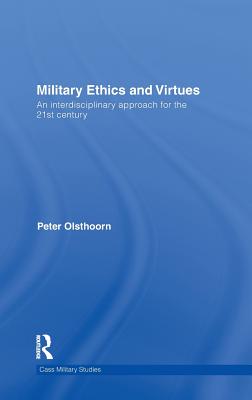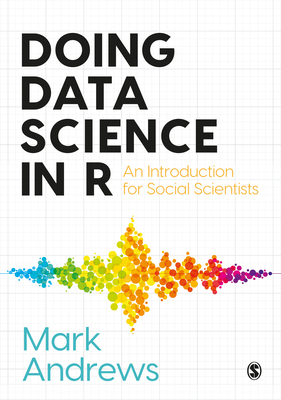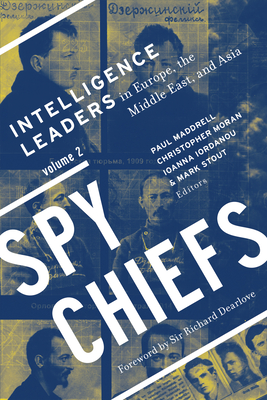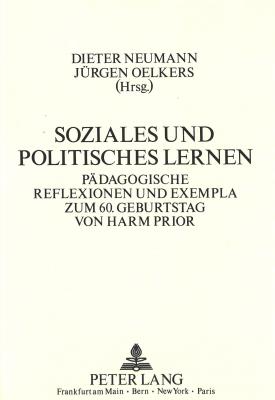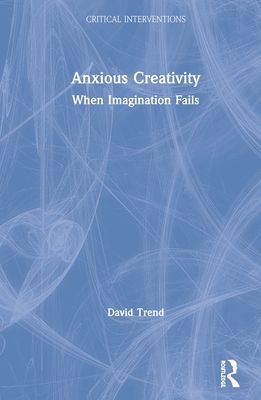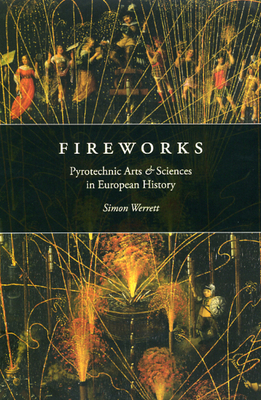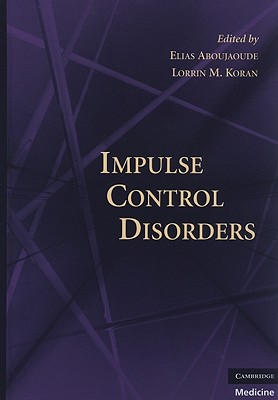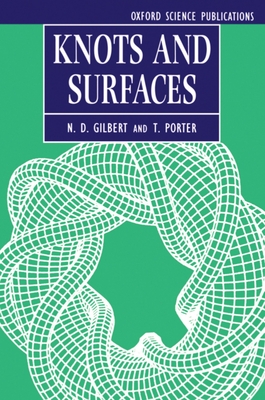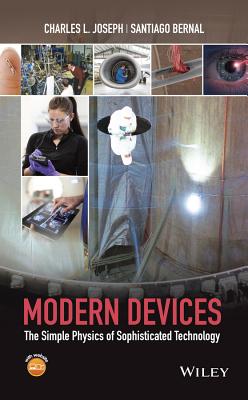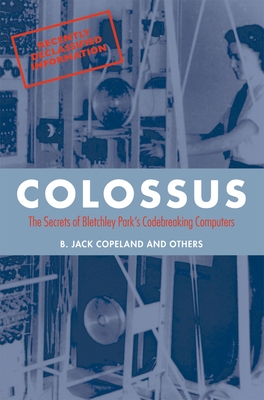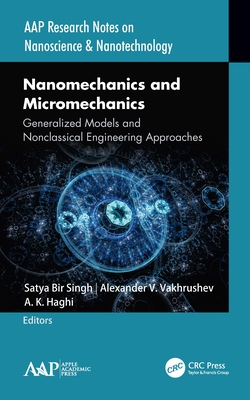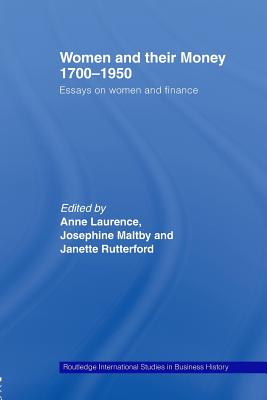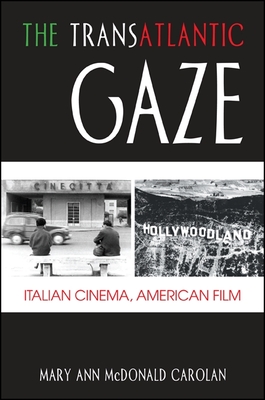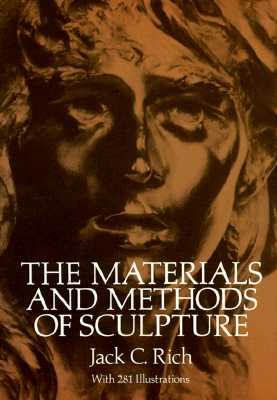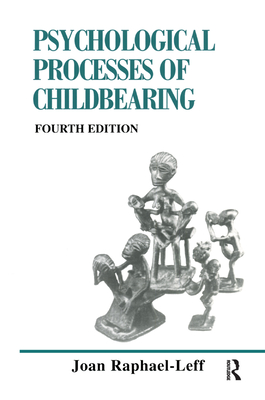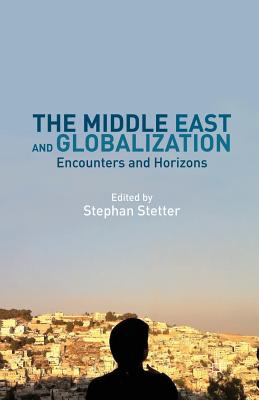This book delves into the specialized field of radiative transfer theory, focusing particularly on the transport and excitation of radiation in a sparse gas of two-level atoms. It offers an analytical approach to understanding the core principles underlying the transfer of line radiationa topic that sits at the heart of astrophysics and has significant implications for interpreting celestial phenomena. The author revisits classical analytical methods developed by pioneers like Hopf, Ambarzumian, Chandrasekhar, and Sobolev, arguing for their continued relevance alongside numerical methods in building a robust foundation for radiative transfer theory.
By exploring both historical methodologies and integrating over fifty pages of new content based on recent scholarly work, this book bridges past insights with contemporary discussions in the field. The additional sections expand on topics crucial for advancing theoretical frameworks necessary for analyzing spectral lines in optically thick plasmasan area identified as rapidly evolving and critical for decoding the mysteries of celestial objects.
The thematic depth traverses from fundamental physics to sophisticated mathematical modeling, aiming to equip theorists with comprehensive tools while also offering valuable perspectives to observers within the astrophysical community. This blend underscores the dynamic interplay between theoretical rigor and practical application in understanding cosmic phenomena.
In sum, this book represents a significant contribution to astrophysical literature, reaffirming traditional analytical techniques' enduring value while pushing forward the boundaries of how we comprehend radiative processes in the universe.
This book delves into the specialized field of radiative transfer theory, focusing particularly on the transport and excitation of radiation in a sparse gas of two-level atoms. It offers an analytical approach to understanding the core principles underlying the transfer of line radiationa topic that sits at the heart of astrophysics and has significant implications for interpreting celestial phenomena. The author revisits classical analytical methods developed by pioneers like Hopf, Ambarzumian, Chandrasekhar, and Sobolev, arguing for their continued relevance alongside numerical methods in building a robust foundation for radiative transfer theory.
By exploring both historical methodologies and integrating over fifty pages of new content based on recent scholarly work, this book bridges past insights with contemporary discussions in the field. The additional sections expand on topics crucial for advancing theoretical frameworks necessary for analyzing spectral lines in optically thick plasmasan area identified as rapidly evolving and critical for decoding the mysteries of celestial objects.
The thematic depth traverses from fundamental physics to sophisticated mathematical modeling, aiming to equip theorists with comprehensive tools while also offering valuable perspectives to observers within the astrophysical community. This blend underscores the dynamic interplay between theoretical rigor and practical application in understanding cosmic phenomena.
In sum, this book represents a significant contribution to astrophysical literature, reaffirming traditional analytical techniques'' enduring value while pushing forward the boundaries of how we comprehend radiative processes in the universe.
Get Transfer of Radiation in Spectral Lines by at the best price and quality guranteed only at Werezi Africa largest book ecommerce store. The book was published by Sothis Press and it has pages. Enjoy Shopping Best Offers & Deals on books Online from Werezi - Receive at your doorstep - Fast Delivery - Secure mode of Payment
 Jacket, Women
Jacket, Women
 Woolend Jacket
Woolend Jacket
 Western denim
Western denim
 Mini Dresss
Mini Dresss
 Jacket, Women
Jacket, Women
 Woolend Jacket
Woolend Jacket
 Western denim
Western denim
 Mini Dresss
Mini Dresss
 Jacket, Women
Jacket, Women
 Woolend Jacket
Woolend Jacket
 Western denim
Western denim
 Mini Dresss
Mini Dresss
 Jacket, Women
Jacket, Women
 Woolend Jacket
Woolend Jacket
 Western denim
Western denim
 Mini Dresss
Mini Dresss
 Jacket, Women
Jacket, Women
 Woolend Jacket
Woolend Jacket
 Western denim
Western denim
 Mini Dresss
Mini Dresss






